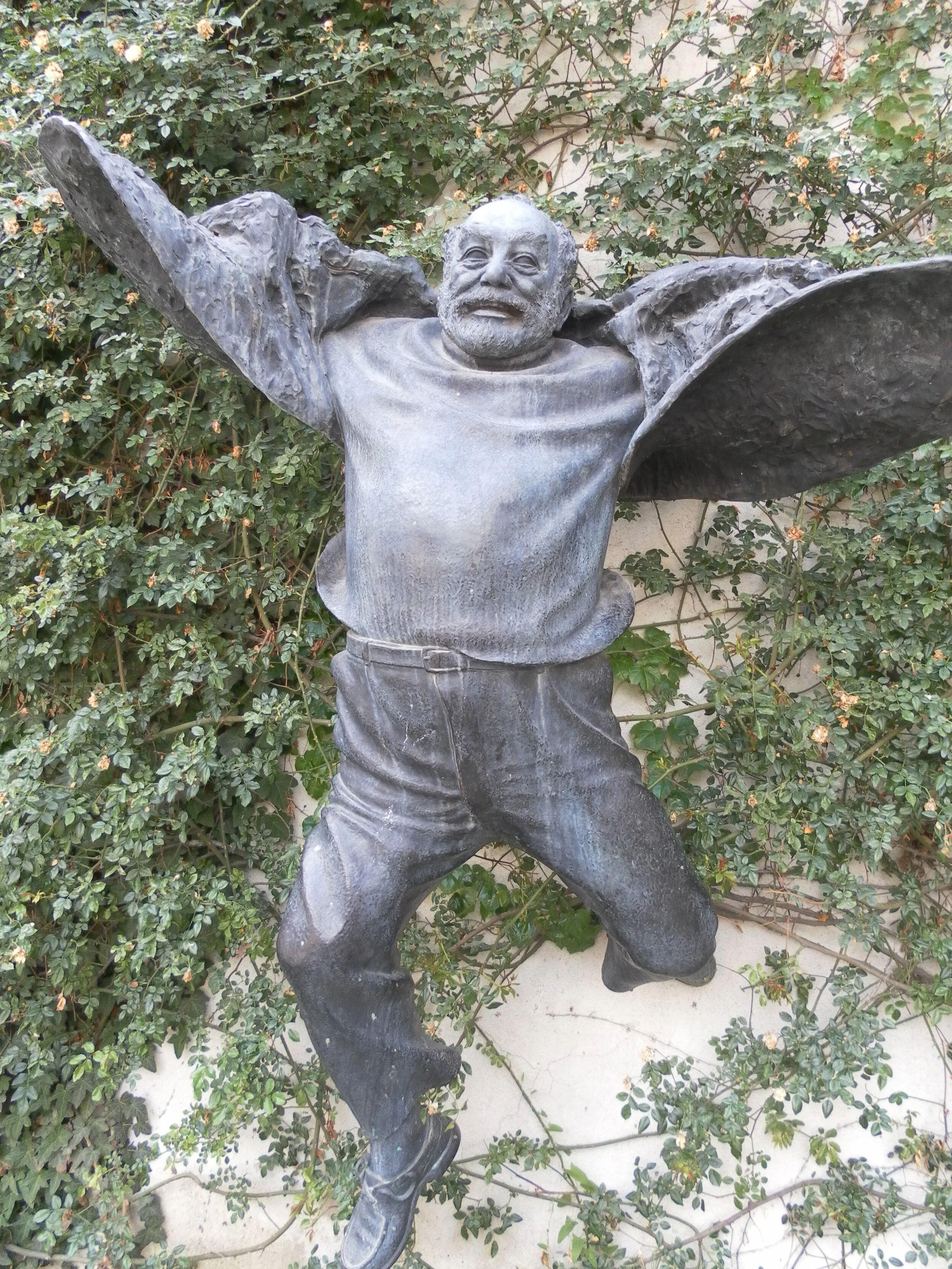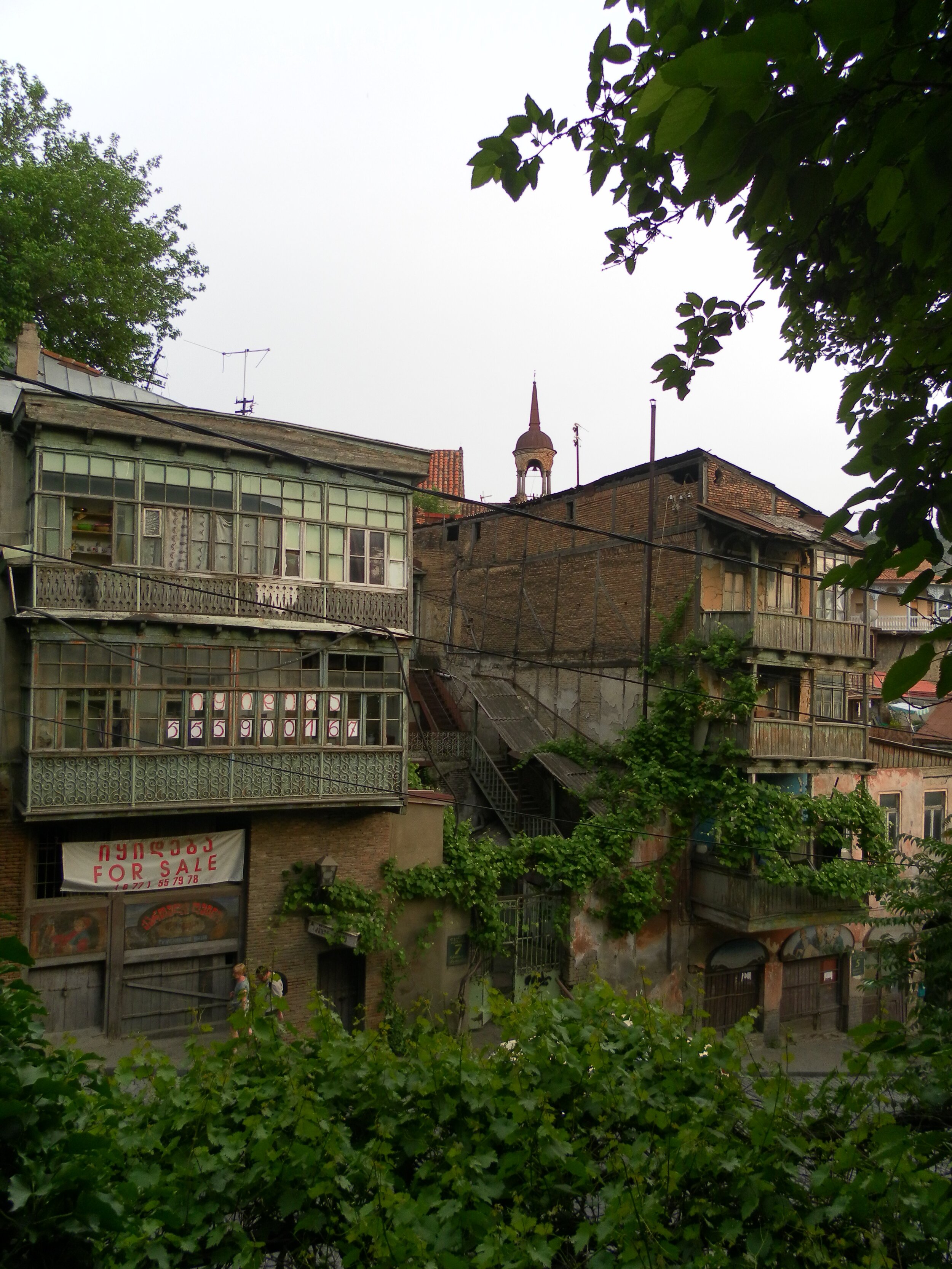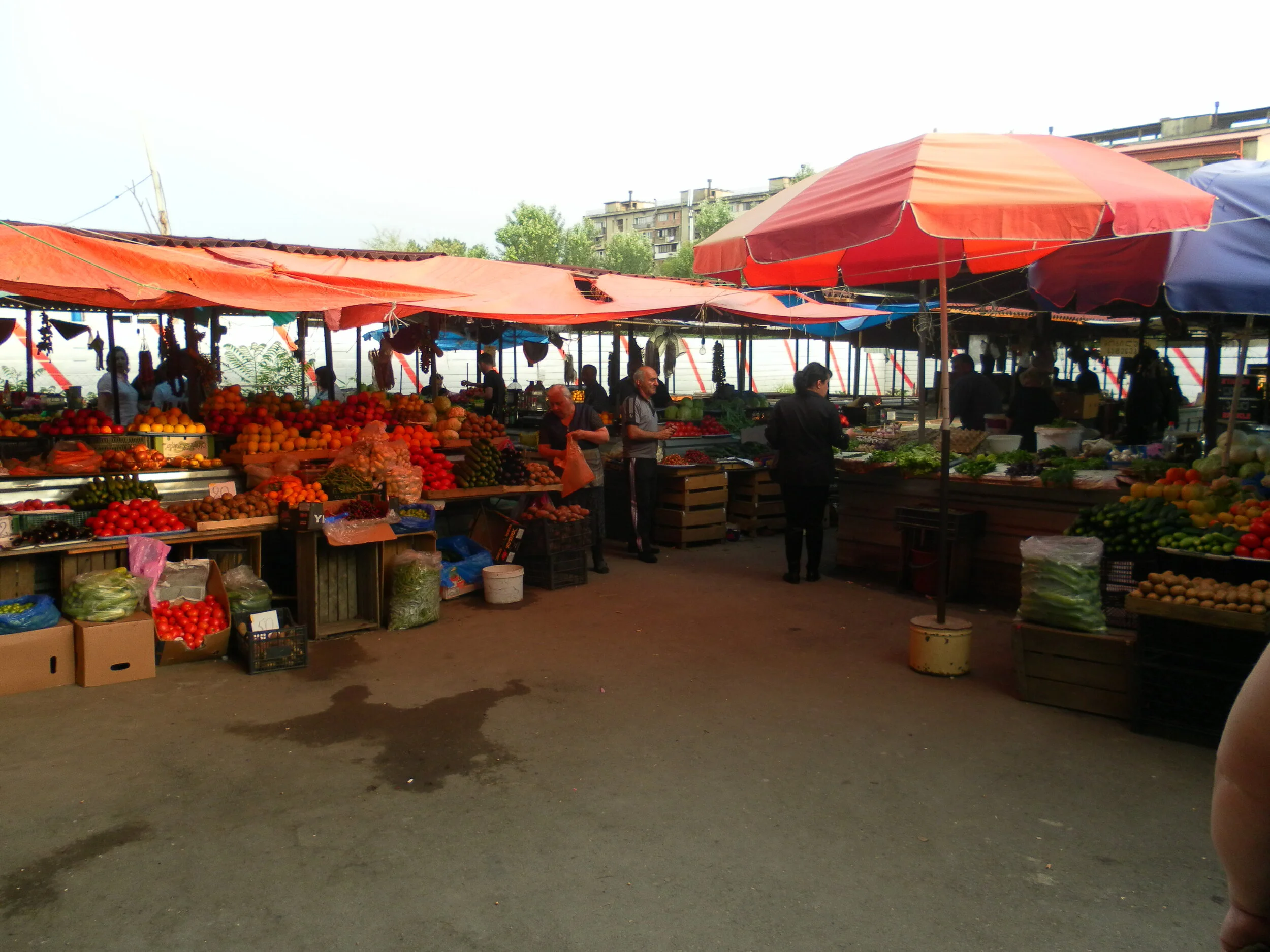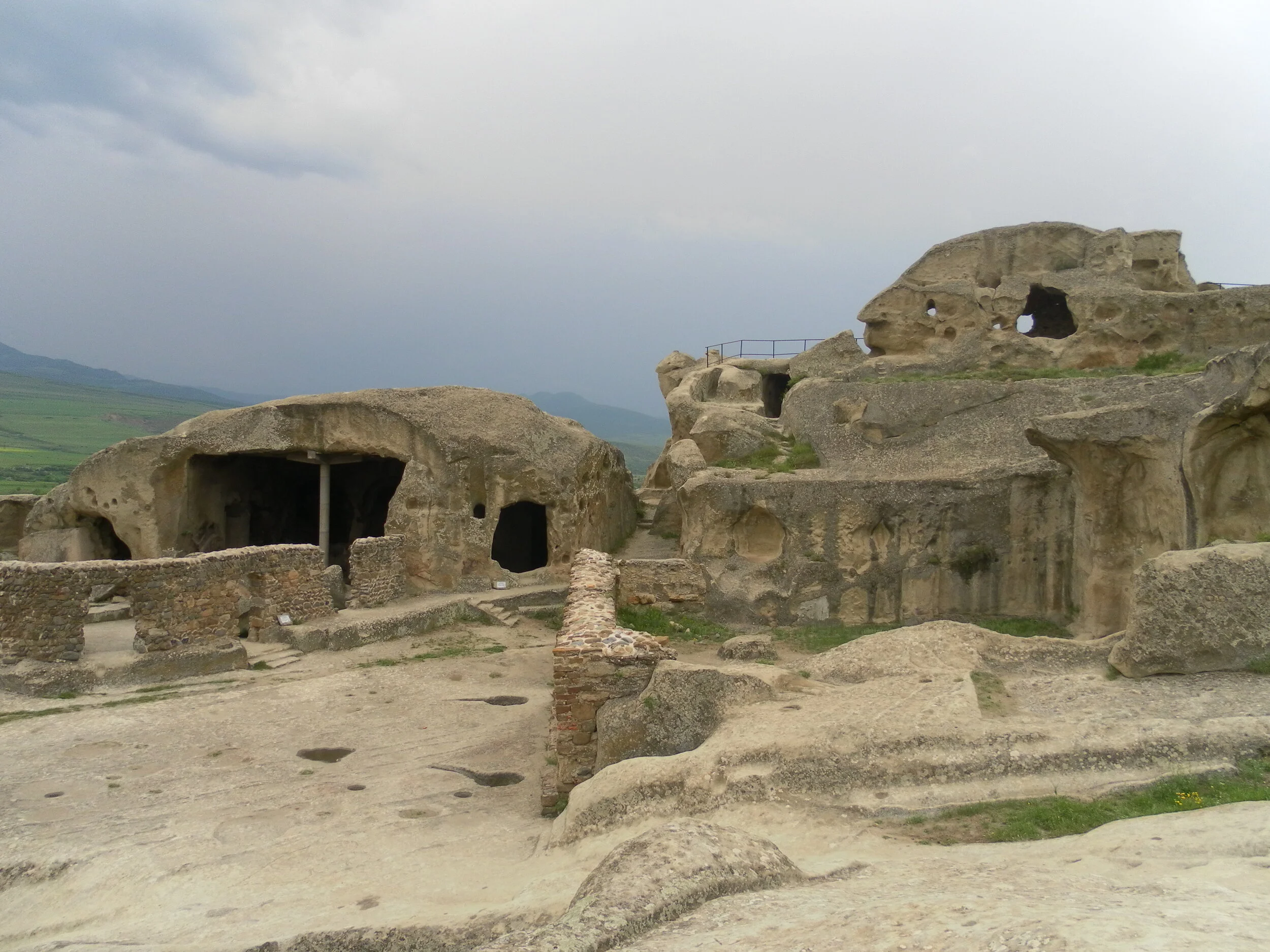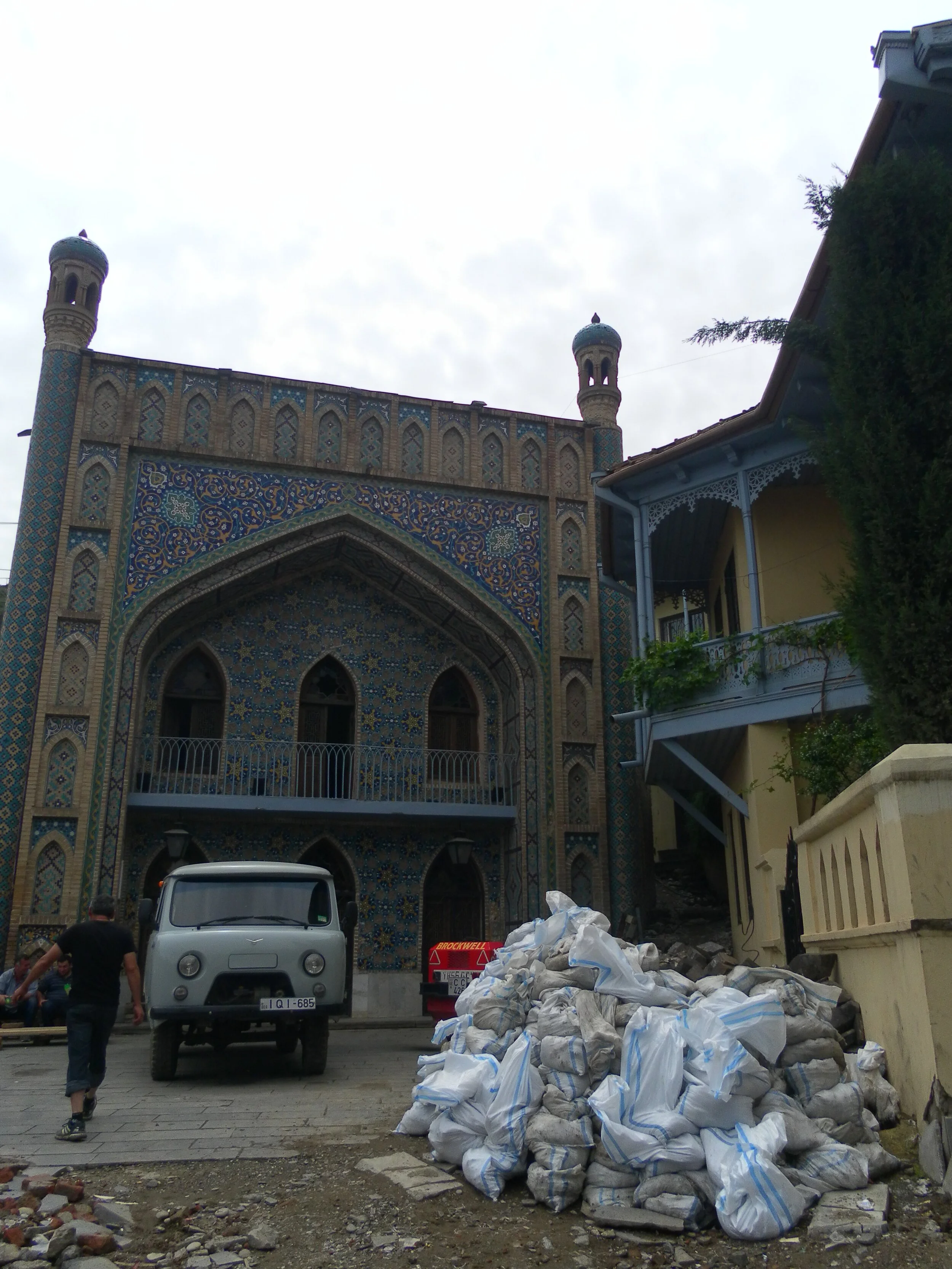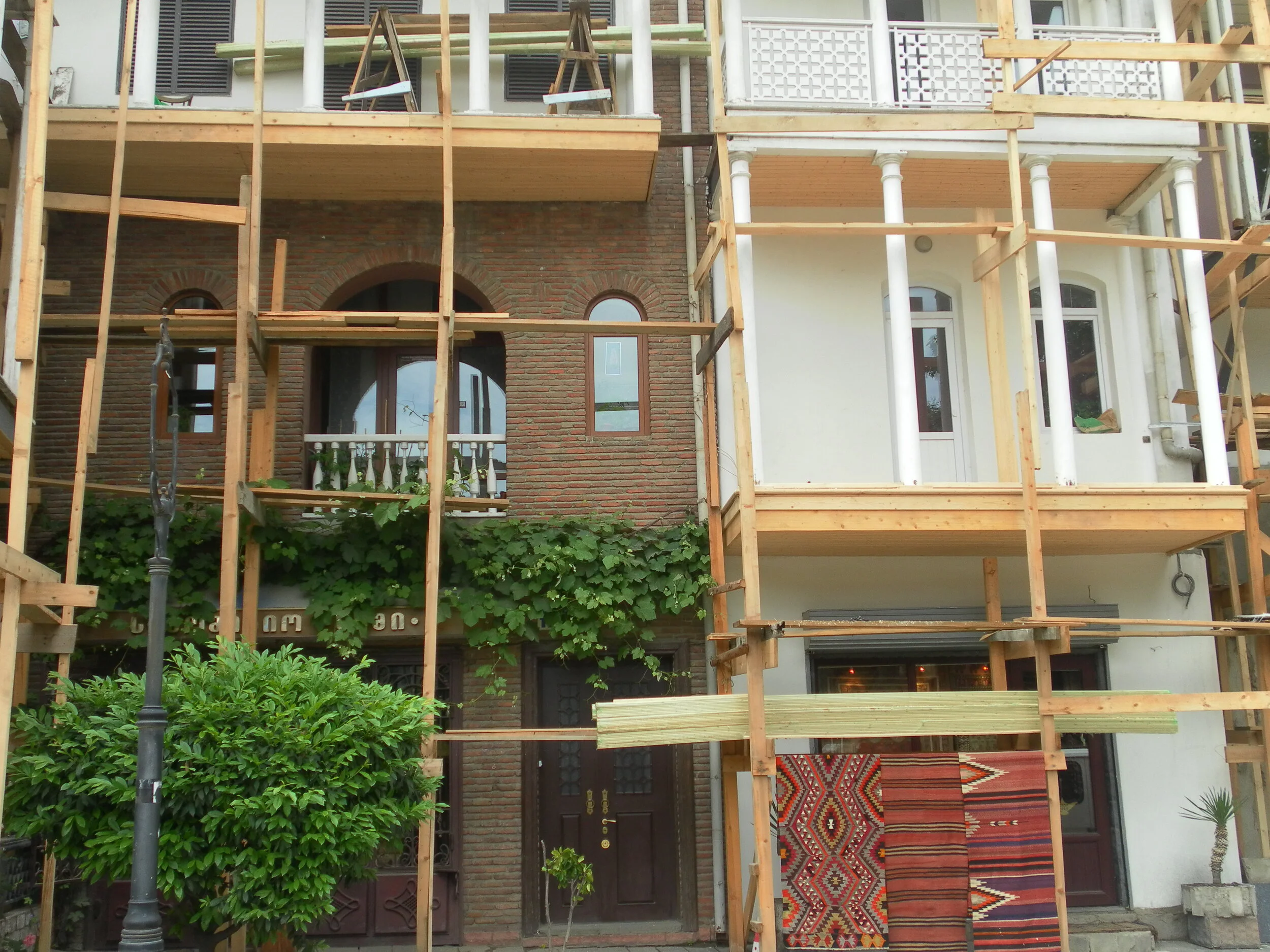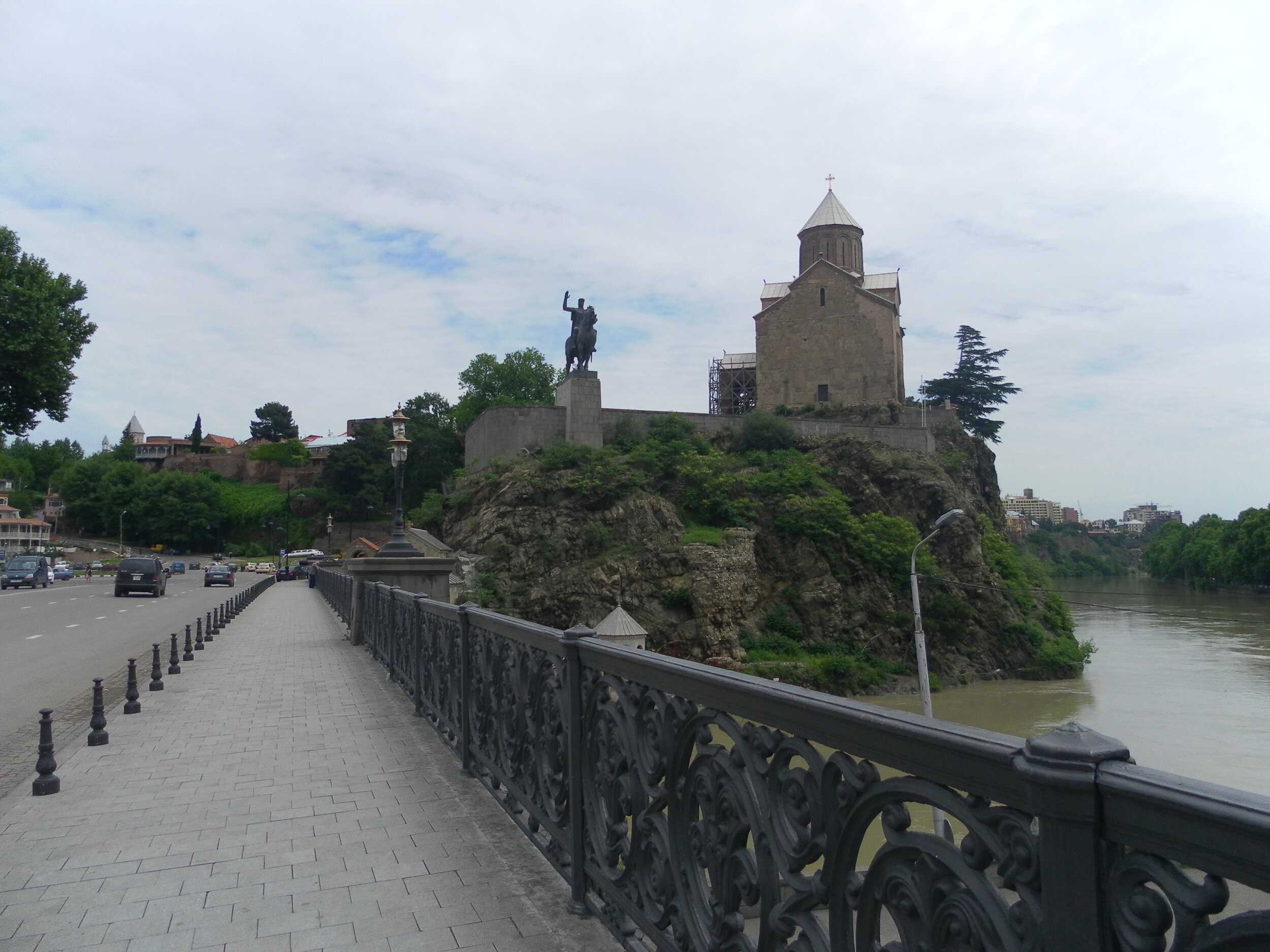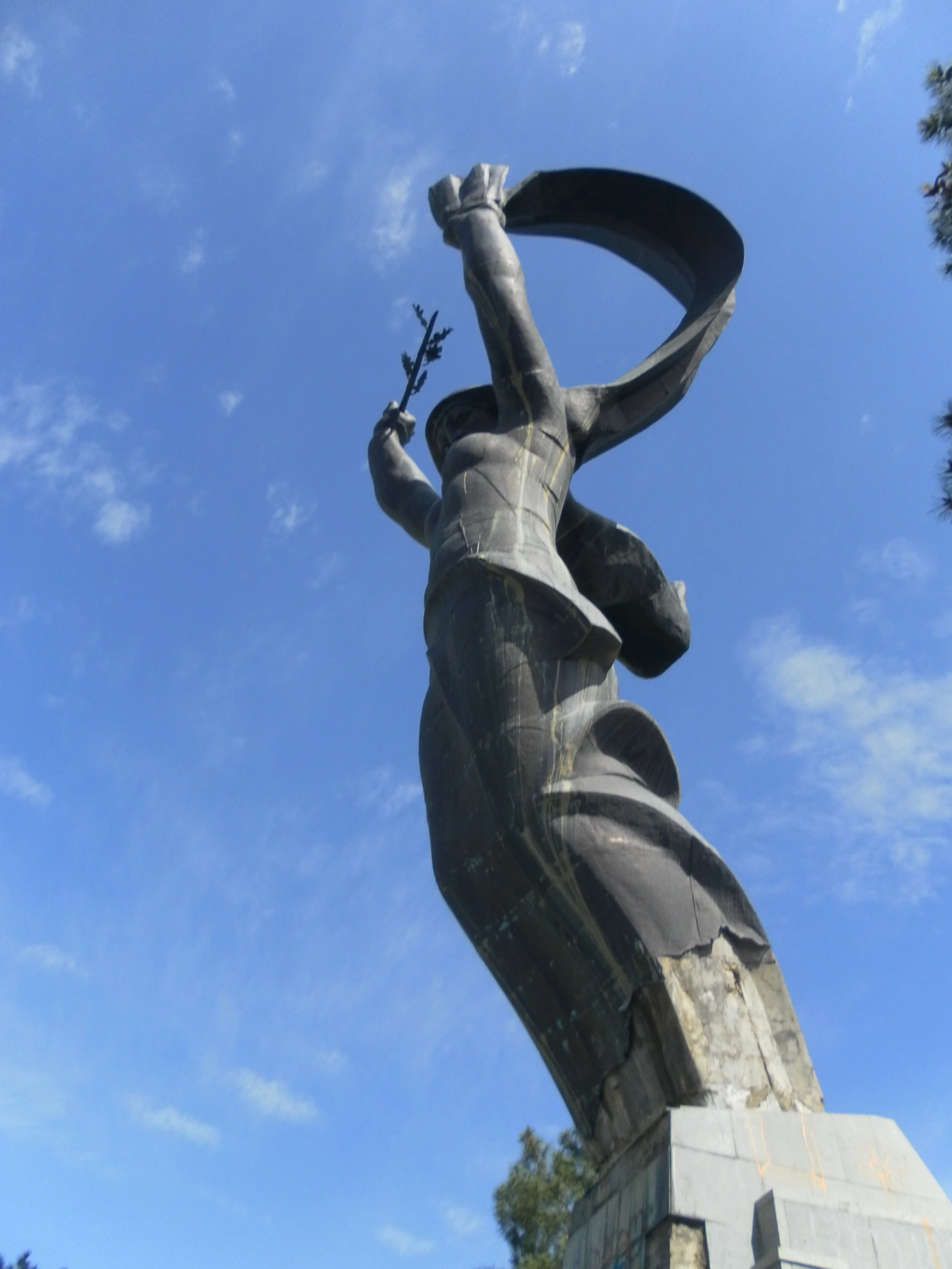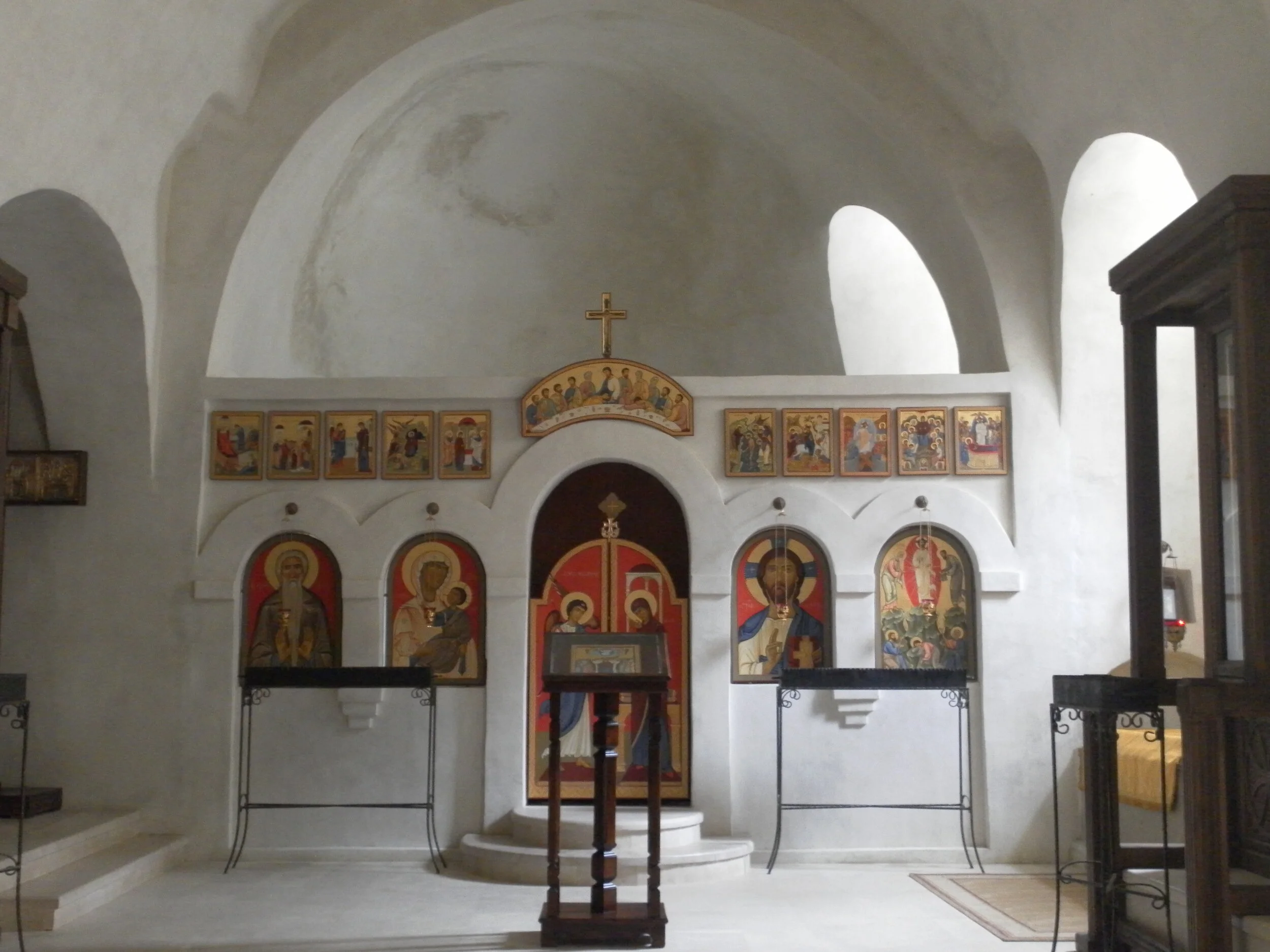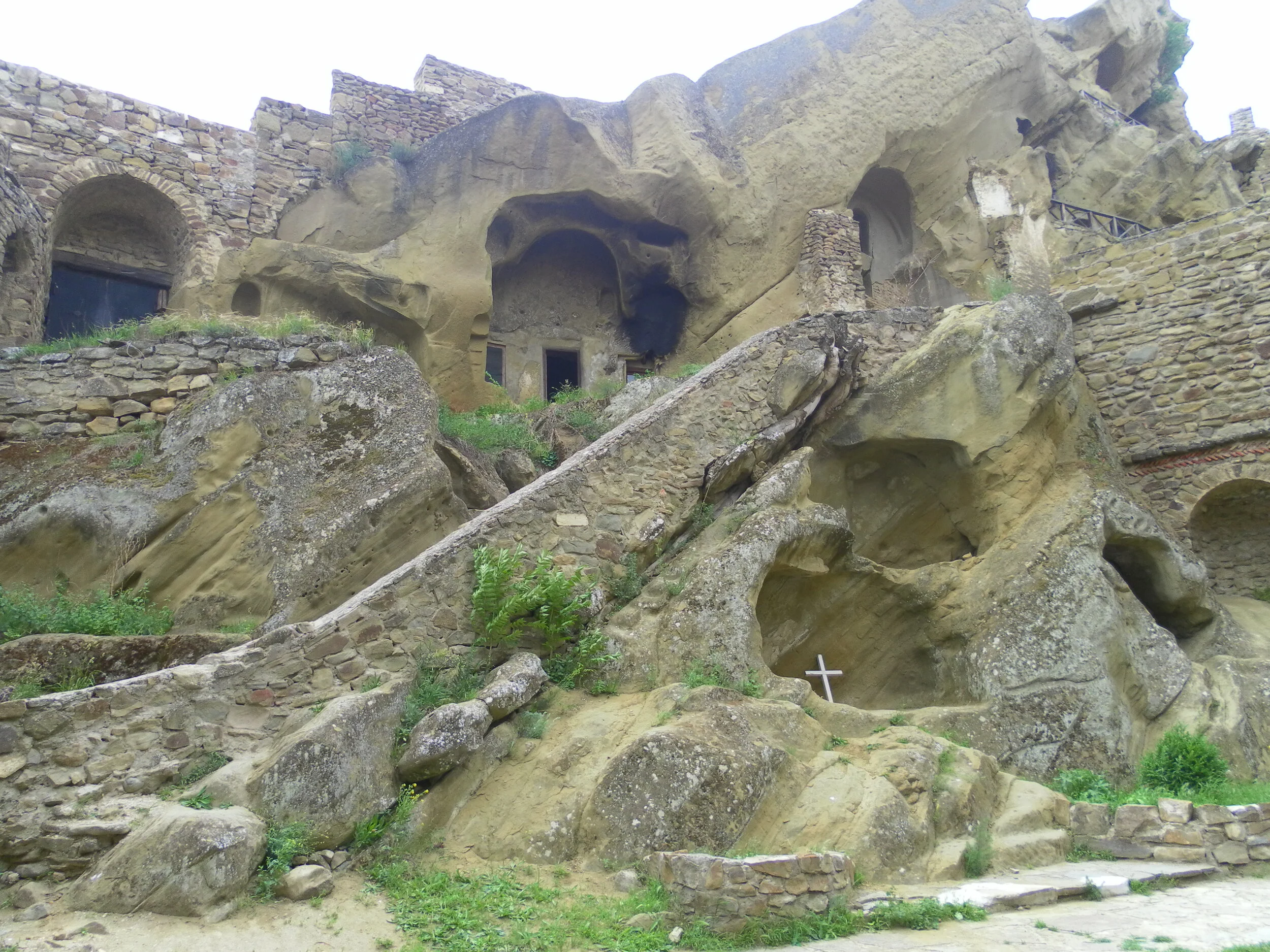What makes a museum?
In an unusually jet-set month for me, I have just come back from an eye-opening holiday to Georgia, where, inevitably, my trip involved visiting a number of museums and cultural sites. My travel companion, Paull Randt, was an excellent guide, and past entries on his blog will give you much more informed commentary on the sorts of content which we encountered. But, what interested me was the set up of the museums, galleries, and heritage sites that we visited. Here in England, we agonise over audience engagement and participation, becoming increasingly interested in digital media, different interpretive texts and displays, events themed to different audiences, etc etc. I am as interested in this as anyone. But these Georgian sites made me realise how much we take for granted, and made me think anew about what makes a museum feel like a museum.
For one, we have come to assume we will find a clearly-signposted, welcoming space with easy facilities; a setting where it is clear what and where you pay, what there is to see and do in the museum, and that orientates you as to how to approach and think about the collections. The Georgian history museum, Simon Janashia Museum of Georgia, and fine art museum, or Shalva Amiranashvili Museum of Fine Arts, lack many of these elements. Both have spectacular collections of national treasure, and the Shalva Amiranashvili was staging an impressive exhibition of paintings by Lado Kutateladze when we visited; but no links are drawn between different parts of the galleries, nor is it clear what you can see or where it is. The exhibition is accompanied by minimal text, whereas the 'treasure' requires you to take a guided tour with little space for personal engagement with the objects.
Secondly, we take for granted that we will meet an objective approach to the objects displayed, or at least a self-conscious recognition of how subjective many approaches necessarily are. The oddly named 'Museum of Modern Art' throws this into relief. This resembles a commercial gallery - it put me in mind forcibly of the Saatchi Gallery for instance - but is a complete space owned by the Georgian artist Zurab Teretseli, and dedicated to his work. He is presented as a unique example of synthesis between Georgian, Russian and Western European artistic traditions. Physically and aesthetically his works dominate the visitor's space and reactions. Should such a personal, self-congratulatory space really be called the Georgian MOMA?
Much humour is made, lastly, out of the British obsession with health and safety. I realised how much this is ingrained in me on a visit to the beautiful historic cave city at Uplistsikhe which, nonetheless, had the most recognisably 'English' set-up with a visitor centre at the entrance. It is possible to hire a guide, and there are a few staircases and metal railings, but otherwise you are left to clamber around the site as you wish, climbing in and out of caves and hollows, up and down walls, and interpreting the different areas from your own guidebook and the very few labels. I enjoyed myself hugely, and felt I had truly experienced the magic of the site. It left me wondering if, in our privileged experience of museums, we try too hard to engage the visitor, separating them from an encounter with the object or site, rather than bringing them closer.




















